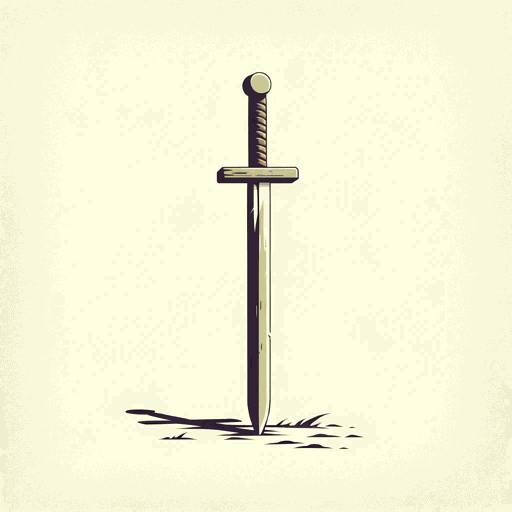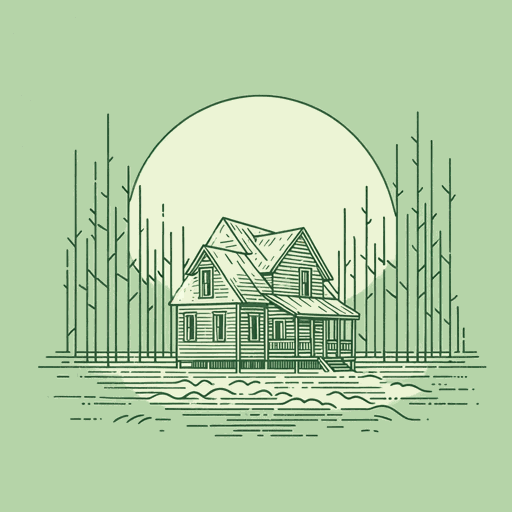25 pages • 50 minutes read
Ambrose BierceA Horseman in the Sky
Fiction | Short Story | Adult | Published in 1898A modern alternative to SparkNotes and CliffsNotes, SuperSummary offers high-quality Study Guides with detailed chapter summaries and analysis of major themes, characters, and more.
Symbols & Motifs
The Statue
The statue—and the related motif of motionlessness—relates to the themes of The Dehumanizing Effects of War and war as overly romanticized. The story implies a connection between the statues that typically commemorate war and the military virtues they seem to embody: stillness, firmness, resolution, and stony adherence to duty. The father/statue possesses these qualities, which represent an idealization of military life. Later, the son becomes statue-like in his apparent numbness, pallor, and immobility—the cost of suppressing his humanity in pursuit of duty. As a symbol, statues thus suggest a range of meanings, encompassing both positive and negative aspects of being a soldier.
Laurel
Druse spends most of the narrative hiding in a “clump of laurel” (3). This detail holds true for the geography of western Virginia, where Ambrose Bierce fought in the Civil War. He writes about the “clumps of laurel” (656) prevalent there in “On a Mountain,” a nonfiction essay about his military experience.
While expressing Bierce’s realism, laurel also provides symbolic significance. In ancient Greece and Rome, wreaths of laurel were symbols of victory, and that meaning has persisted over centuries of Western art. Bierce alludes to the use of laurel by “illustrious Romans” (656) in his Civil War memoirs.
Related Titles
By Ambrose Bierce




